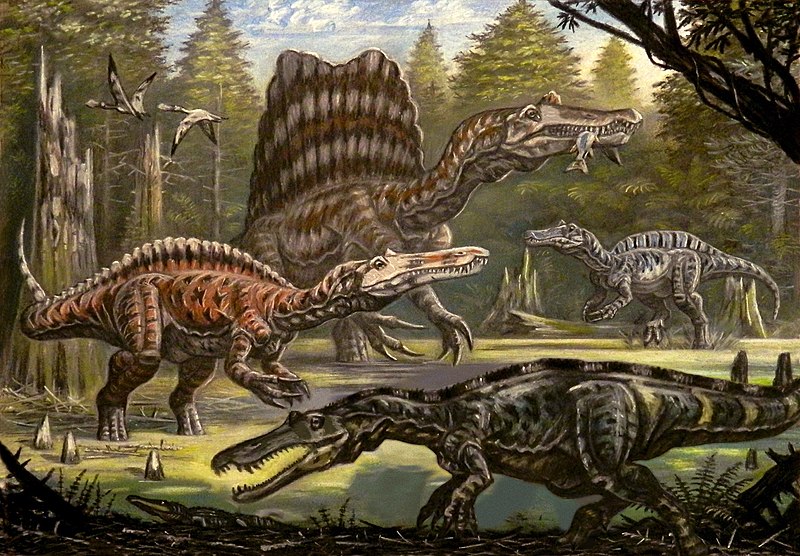Media release
From:
Palaeontology: Fossilised tracks reveal some of the fastest dinosaur running speeds
Some species of theropods — two-legged predatory dinosaurs — could reach speeds of 45km per hour (28 miles per hour), according to analysis of fossilised footprints from La Rioja, Spain. The findings, published this week in Scientific Reports, represent some of the fastest running speeds calculated from theropod footprints to date.
Pablo Navarro-Lorbés and colleagues analysed two sets of footprints, dubbed La Torre 6A-14 and La Torre 6B-1 trackways respectively, which date from the Early Cretaceous period (145 to 100.5 million years ago). La Torre 6A-14 trackway contains five preserved footprints, while La Torre 6B-1 contains seven. The footprints have three toes, are longer than they are wide, and are likely to have been made by the same species of theropod, although it is not possible to determine which species that is. The authors suggest that the unknown species was medium sized and very agile, potentially from the spinosaurid or carcharodontosaurid families. The dinosaur that created the La Torre 6A-14 trackway was bigger than the one that created 6B-1.
Based on the angles of and distances between the footprints, the authors calculated that the theropod who made the 6A-14 tracks ran at a speed between 23.4 and 37.1kmph (14.5 and 23.1mph), while the 6B-1 theropod ran even faster at between 31.7 and 44.6kmph (19.7 and 27.7mph). This is among the top three speeds estimated for theropod footprints.
The 6A-14 trackway shows a smooth and consistent increase in estimated speed, while the 6B-1 trackway shows significant abrupt speed changes, which the authors suggest means the dinosaur was manoeuvring as it ran. These findings shed light on how these dinosaurs moved and under what conditions they could run.



 International
International



